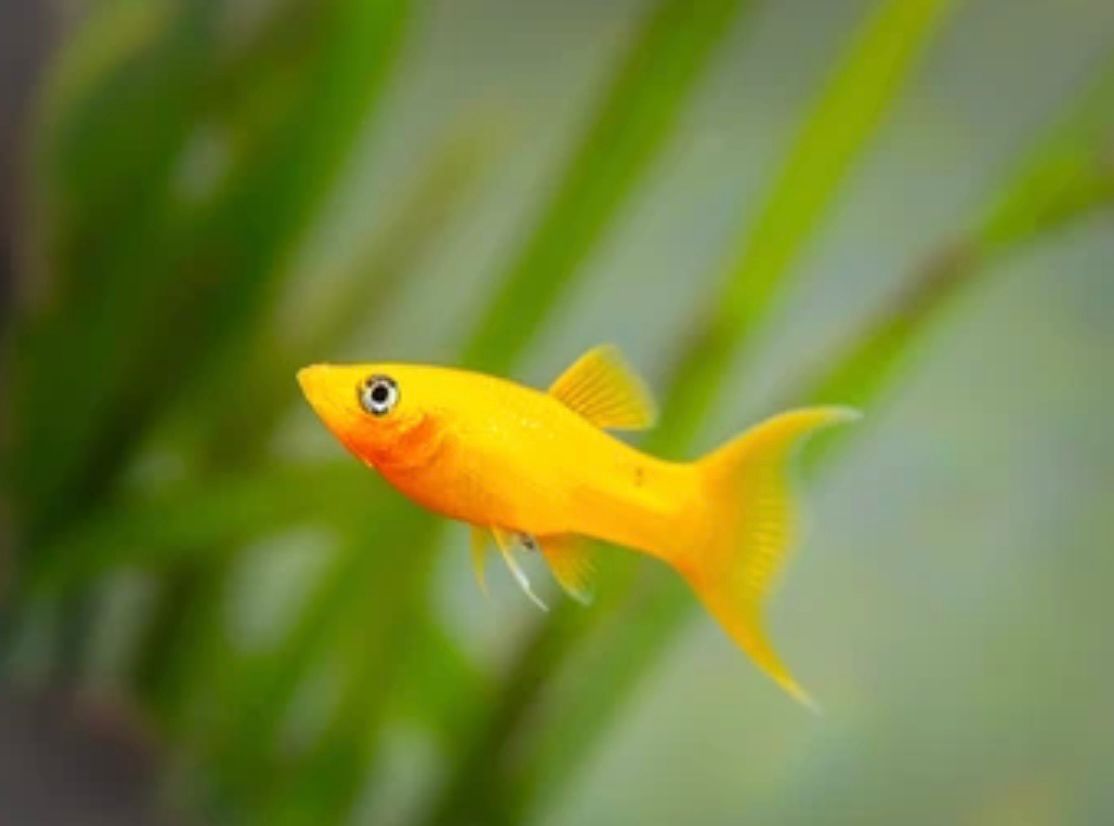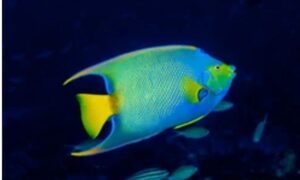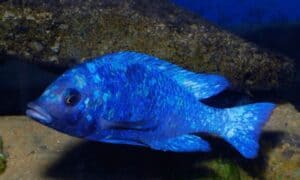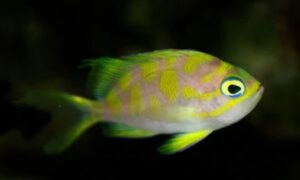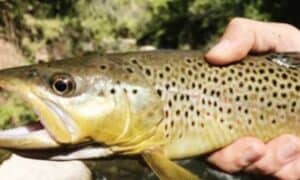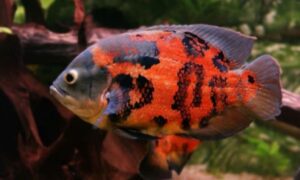Molly fish are very beautiful and a popular type of freshwater fish that most people like to have in their aquariums due to their beautiful color. They are basically hard fish and have strong immune, but similarly, like other living creatures, they can also get sick due to parasites or diseases and can die if proper care is not taken.
There are some indications that will let you know if your molly fish is dying.
In this article, we covered all important the factors and signs that can tell you if your beautiful molly fishes are dying, or if they have any problems, etc.
Contents
How To Know If A Molly Fish Is Dying?
To find out whether your molly fish is sick or dying, then you can look for some very clear signs. A dying molly fish shows signs such as lack of appetite as they don’t eat too much or either they will stop eating at all, or they can get popeye disease as they will have bulging eyes, swollen gills, sluggish behavior, also they can have a change in coloration, clamped fins, white spots on their skin, their fins falling off, inactive behavior such as sitting at the base of your home tank, etc. if you observe these signs than unfortunately, your molly must be close to death.
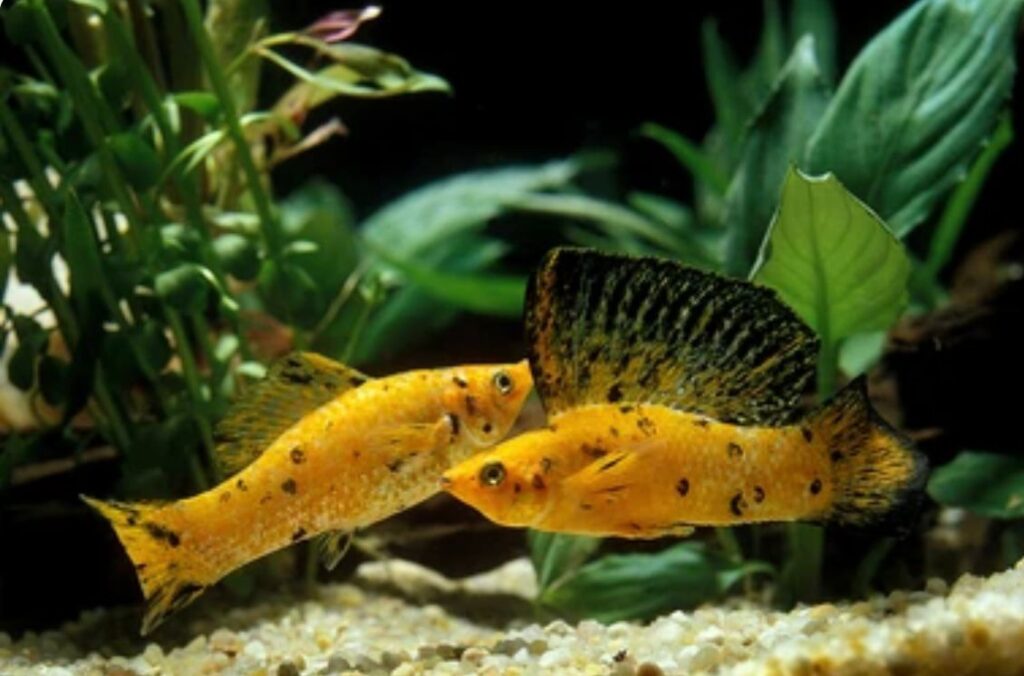
Signs to know if your Molly Fish is dying
1. Lack Of Appetite
Loss of appetite or anorexia is one of the most popular signs that indicate if your molly fish is dying. If you observe that your molly fish is not very active when you are feeding them or if they are not eating as much as they used to do before or if they stop eating at all, then its a very clear sign that your molly fish is either dying or is really sick. Mostly a molly fish who is close to death will not swim to the surface even if you offer them its favorite food. Anorexia can be caused by many factors such as stress or illness etc.
2. Lethargy
Lethargy is another very important and obvious sign that a molly fish is close to death. When molly fish is on the edge of dying, it will become very lazy, and molly fish will not have any sort of energy or might not like swimming around as much as a healthy molly fish.
3. Clamped Fins
Clamped fins are also a sign that your molly fish is dying If the fins of your molly fish are held very close to its body and are not spreading freely, then it’s very obvious that your fish is sick and dying. Because healthy fish don’t have clamped fins instead their fins move freely.
4. Change in color
Their body color will also change if they are sick. In the case of molly fish, their color will become dull when they are going to die.
5. Bulging eye
If Molly fish is close to their death it will have a popeye or a bulging eye which is a bacterial function that means your molly is sick.
6. White spots on the skin
If you observe white spots or spots on your molly fish body, which is basically a very usual parasite infection and it can often occur due to dirty water. In this situation, You need to quarantine your molly fish and keep it separate as the illness can be passed from one to another fish.
Indications Of A Healthy Molly Fish
1. Active swimmers
To begin with, healthy molly fish are aggressive swimmers. They are frequently observed swimming around their aquarium or tank, examining their environment, and socializing with other fish. They rarely stay in one place for long and are always on the go. If you notice your molly fish is sluggish or not moving around much, this might indicate that they are ill.
2. Beautiful body coloration
Beautiful body coloring is another symptom of a healthy molly fish. Healthy molly fish will have brilliant and colorful colors that span from black to white, and orange to yellow. Their colors should be consistent throughout their bodies, with no discolored or faded regions or blotches.
3. Good appetite
A healthy molly fish will have a good appetite. When supplied food, healthy molly fish will eagerly consume it, even competing with other fish for their portion. They should not exhibit indications of boredom with meals or quit eating entirely.
4. Fins are moving freely
Molly fish with healthy fins move easily. Their fins should be completely extended and they should be able to move easily. If your molly fish’s fins are clamped or folded, it might indicate that they are not feeling well.
5. Clear eyes
Finally, healthy mollies have bright eyes. Their eyes should be clear and brilliant, with no cloudiness or discoloration. Cloudy eyes can indicate poor water quality or an underlying health concern, so keep a close check on your fish’s eyes.
Overall, by watching for these signals, you can guarantee that your molly fish are healthy and happy in their surroundings. If you detect any unusual changes or symptoms, it is always better to get assistance from a veterinarian or aquatic expert.
Why Do My Molly Fish Keep Dying?
Even though molly fishes are hardy and have strong immune but, just like any other fish, they too can get sick and can die. The main reasons are the following.
1. Your Molly fish is Stressed
Normally everyone thinks of fish as stupid or mindless creatures without any sense of thinking or emotions. But that’s not true. Stress can cause major chemical changes in the safe mucus layer that protects the body of fish. And then the effectiveness of the chemical barrier of your molly fish is reduced, which may definitely cause stress in your molly fish and they may end up dying.
2. Wrong Water Parameters
Wrong water parameters are yet another common reason for your molly fish to die. The rise in dangerous compounds like ammonia and nitrite is going to suffocate your fish and die a slow and extremely hurting death. The ideal temperature for mollies is to keep them in an environment between the range of 72 and 78 degrees F.
3. Your aquarium is not clean
Cleaning your aquarium and filling it with fresh and clean water is also important to keep your molly fish healthy and happy. Making sure that your tank is fully cycled is very important in order to establish a healthy colony of good bacteria that is going to break the toxins like ammonia and nitrites into innocuous compounds like nitrate.
4. Your molly is not socializing
A stressed or sick molly will not be able to socialize. Instead, it will be lazy and is going to become irritable and aloof. The fish will like to hide among the plants, inside the caves, or behind rocks because they don’t want to socialize and they would like to stay away from everyone when they are close to dying.
Symptoms that are treatable
If you observe any of the following symptoms it means you can treat your molly yourself without taking help from a vet.
1. Gasping
When your fish is gasping, it is visible constantly opening and shutting its mouth at the water’s surface. This might indicate poor water quality, insufficient oxygen levels, or an underlying health problem. You may address this by doing a partial water change, improving aeration and circulation, or consulting a veterinarian for correct diagnosis and treatment.
2. Bloating Tummy of Molly
A bloated tummy can be caused by constipation, overeating, or an underlying health condition such as chronic bladder disease. You may address this by reducing the amount of food provided, providing a high-fiber diet, or consulting with a veterinarian for correct diagnosis and treatment.
3. Red marks on the fins and body
Red marks on the fins and body of your molly fish might indicate physical damage, illness, or parasite infestation. You may address this by doing a water change, adding aquarium salt, or consulting with a veterinarian for the correct diagnosis and treatment.
4. White spots on fins and skin
White spots on your molly fish’s fins and skin might indicate ich, or white spot illness, a parasite infection. To solve this, you can add aquarium salt, raise the temperature of the water, or apply for an ich-specific medicine. It is critical to treat ich as soon as possible since it is very contagious and lethal if not treated.
Overall, it is critical to keep a close eye on your molly fish for any symptoms of disease or discomfort. Maintaining adequate water parameters and keeping the water clean will help prevent many health concerns, but it is also vital to handle any symptoms swiftly and seek expert guidance when necessary.
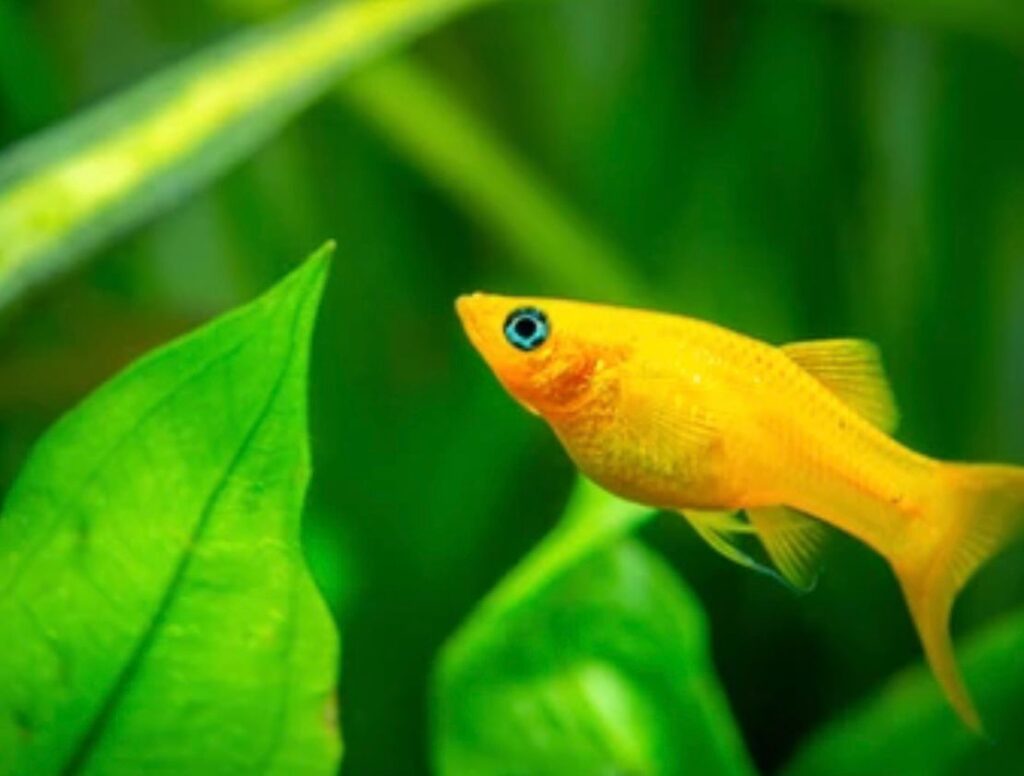
Symptoms if you need Vet
If any of the following symptoms appear then it means the situation is critical and you need to consult a vet as soon as possible
- Clamped fins
- Lack of appetite.
- Lethargic actions.
- Change in coloration.
- Pop-eye or bulging eyes
Mollies Fish Lifespan
Molly fish doesn’t have a long lifespan. Molly fishes can live for about two to five years. Their lifespan actually depends on the care they are receiving in your home tank.
Diet of Molly
Molly fish are actually omnivorous, so they are able to eat both meat and plants. But normally they develop a strong appetite for plant matter when they are in captivity, which means they love to eat vegetables over meats.
How To Save A Dying Molly Fish?
In this situation, the first thing you should do is to shift the fish to the quarantine tank so that whatever disease it has, it doesn’t transmit to other fish in your tank. Now after shifting to a new tank, you should observe its symptoms, and also maintain the correct water parameters. The most crucial part is to, consult the vet before you use any medication of your own.
Conclusion
Molly fish are popular freshwater fish that are maintained in aquariums because of their bright colors. Even though they are tough and have a strong immune system, they can get sick from parasites or infections. It is critical to recognize symptoms of molly fish death, such as lack of appetite, drowsiness, clamped fins, color change, protruding eyes, and white patches on the skin.
Healthy molly fish, on the other hand, have energetic swimming, excellent body color, a good appetite, freely moving fins, and clear eyes. If a molly fish exhibits symptoms of disease, it is best to seek the advice of a veterinarian or aquatic expert. The main reasons for the death of molly fish are stress, poor water quality, and disease.
To read more about fish breeding and caring do visit our website fishcaringnow.com

